Now that we’re in the beginning of yet another year, it’s time to reflect on what happened last year and prepare for what’s coming this year. More specifically, today we’re going to be talking about what happened last year in the realm of paid advertising, and the digital advertising trends 2019 is expected to bring.
2018-2019: How We Arrived at the PPC Trends of 2019
Starting with 2018, we saw some massive changes at Google, with AdWords being rebranded as Google Ads. Do you know what else we got from Google? Brand new features like two new insight cards on the Overview page, a status review function that alerts you when an issue needs your attention, a revamped Keyword Planner that was built from the ground up, message reporting that gives you detailed information so you can measure the performance of your message extensions, and outstream video ads that go beyond YouTube by also appearing on Google video partner sites and apps.
Along with Google is Bing, the metaphorical second fiddle of the search engines that also made some significant changes and improvements in 2018. For example, in their bid to match Google, they made some much-needed updates to their exact match close variants to include reordered or reworded keywords, added an additional headline and description for their Expanded Text Ads, and, like Google, even updated their Overview tab so their users could gain valuable information exactly when they need it.
With the two big search engines and what they did in 2018 covered, it’s time to delve into the specifics and talk about the advertising trends 2019 is sure to bring.
1. AI and Automation
Artificial intelligence (AI) has been a hot topic in a variety of industries for the past couple of years, and will continue to be so in 2019. For instance and specific to paid advertising, machine learning allows advertisers to use automation in paid marketing to lighten their workload and optimize for conversions. As to the how, it’s all because of tools like Smart Bidding, which is an automated bidding strategy that has three core capabilities:
- Auction-time bidding that uses contextual signals at each auction, such as time of day, specific ad creative being shown, device and browser, to identify the conversion opportunity and set an optimized bid.
- Cross-signal analysis that uses signal combinations to improve your conversion rate. For example, if your mobile conversions are 15% higher than your desktop conversions at a specific time of day, Smart Bidding will adjust your mobile bids by +15% to account for this.
- Query-level learning that maximizes the performance for new and low-volume keywords by looking at performance data for similar auctions (in your account), thereby allowing you to make more informed bidding decision with fewer performance fluctuations.
2. Personalization
Thanks to AI, brands are increasingly able to personalize the messages their audiences see so the chances of a conversion taking place are drastically increased. For instance, consider how you, yourself would react to:
- Seeing an ad for a product you have absolutely no interest about and will never in a million years buy
- Seeing an ad for a product you were searching for earlier and were actually considering buying
If you’re like the majority of the shopping population, you would be much more receptive to the personalized ad that was tailored just for you.

3. Remarketing
Another paid advertising benefit AI brings us that will most definitely be a top trend in 2019 is remarketing, which is the ability to connect with people who previously interacted with your brand. For example, Google Ads offers a couple of different remarketing methods that will help you get your ad in front of an audience that’s more receptive toward it:
- Standard remarketing: Show ads to your past visitors as they browse sites and apps on the Display Network.
- Dynamic remarketing: Boost your results with dynamic remarketing, which takes remarketing to the next level with ads that include products or services that people viewed on your website or app.
- Remarketing lists for search ads: Show ads to your past visitors as they do follow-up searches for what they need on Google, after leaving your website.
- Video remarketing: Show ads to people who have interacted with your videos or YouTube channel as they use YouTube and browse Display Network videos, websites, and apps.
- Customer list remarketing: With Customer match, you can upload lists of contact information that your customers have given you. When those people are signed into Google, you can show them ads across different Google products.
4. Responsive Search Ads
Definitely one of the new trends in PPC you’re bound to encounter in 2019 is the emergence of responsive search ads, which are currently in their beta stage at Google Ads. As to what they are, these types of ads let you create an ad that will then adapt and display more relevant content to each person who views it. For instance, you can provide up to 15 headlines and 4 descriptions for a single responsive search ad, and Google Ads will automatically show different combinations depending on what was searched.
5. Cross-Channel Advertising
Just like switching from channel to channel to find what’s best on TV, users regularly switch from device to device when they decide to make a purchase. For example, they may start on a smartphone after seeing something they like at the mall, and then switch to a laptop once they get home to make the purchase. Whatever the devices and whatever the order, the point is that people are engaging more and more in multiple channels, and advertisers need to take note in 2019 by preparing ads that target all of them.
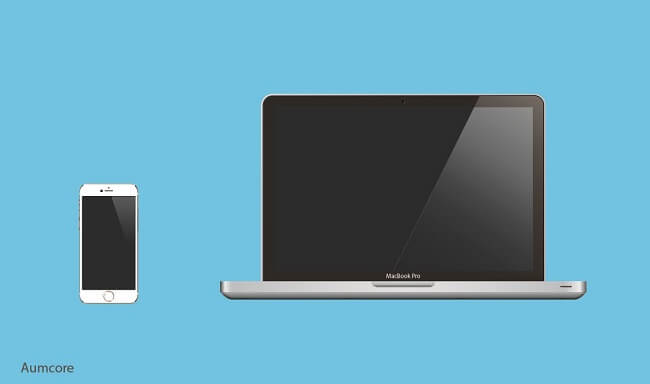
6. More Focus on Intent and Less on Keywords
Despite Google and Bing’s increased capabilities to find exact match and close variants of what their users are searching for, 2019 will be the year that keywords take a backseat to intent, the true power behind what is searched. As we’ll soon see with voice search, search engines are getting even better at figuring out what what a searcher truly wants when they ask a query.
7. Voice Search
Hot off the heels of intent is voice search, which regularly employs AI to figure out the true intent behind a voiced query. While there are currently no advertising options that cater specifically for voice search, there are definitely some strategies paid marketers can make use of to capture voice traffic and point it toward them and their ads, such as using more conversational language. After all, when using voice search with a smartphone, many people first voice a query and then take a look at the results that are displayed on their screen.
8. Visual Search
Offered by brands like Google, Amazon, eBay, ASOS and Pinterest, another relatively new search method that’s garnering more popularity is visual search. Unlike normal search that uses text, or voice search that uses voice, visual search takes an image as an input and produces similar images as the output. It does this with AI and image recognition capabilities, which use matching data points in an image to find others that are most closely related to it. As for PPC, advertisers can prepare for this by using more images with relevant metadata in their ads so search engines can more easily pull them up when someone conducts a visual search.
9. Goodbye Facebook, Hello Amazon
Despite the heading above, Facebook is not going anywhere as it relates to paid advertising. That being said, with Amazon becoming the third largest and fasting-growing advertiser behind Google and Facebook, the latter better prepare newer and better features for advertisers to use, and advertisers better start concocting strategies to make use of the eCommerce giant’s vast resources.
10. Video
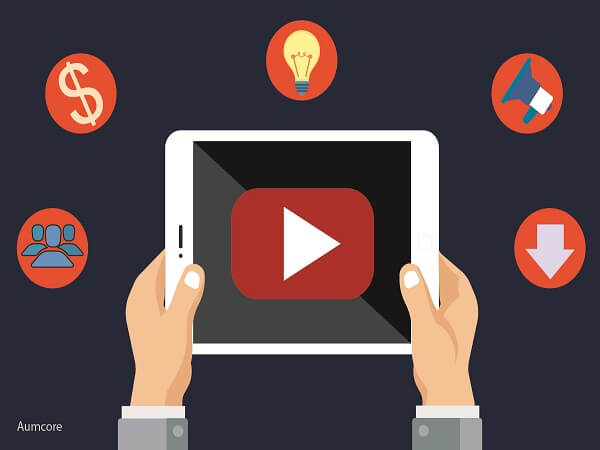
Finally, the last of the paid search trends 2019 will have that we’re going to cover today is one we saw last year and the year before: the dominance of video as an ad type that increases engagement and ushers users through the conversion funnel. For one, video has emerged as the top form of mobile content for all users, meaning that the best way to get in front of the rapidly expanding mobile audience is to turn play buttons into CTAs. Second, videos are shared more than any other content type on social media, so if you were planning on following any social media marketing trends in 2019, it’s that video is the preferred medium for your audience to consume content.
Let’s Take a Second Look
Now that we’ve gone over 10 digital advertising trends 2019 will bring, let’s go over them one more time so everything sticks and doesn’t mysteriously vanish like that one sandwich you left in the office fridge:
- AI, Machine Learning and Automation
- Personalization
- Remarketing
- Responsive Search Ads
- Cross-Channel Advertising
- More Focus on Intent and Less on Keywords
- Voice Search
- Visual Search
- Goodbye Facebook, Hello Amazon (and More)
- Video
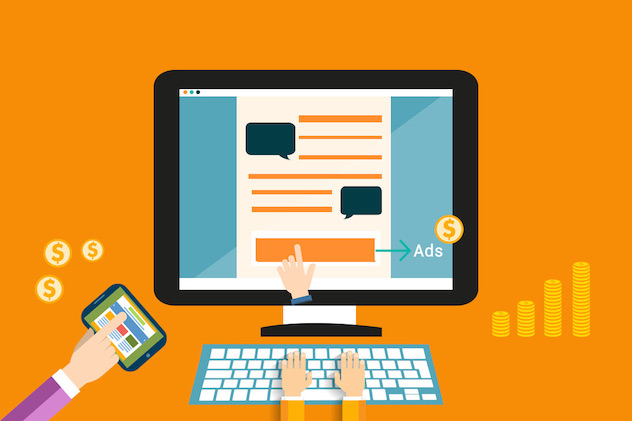
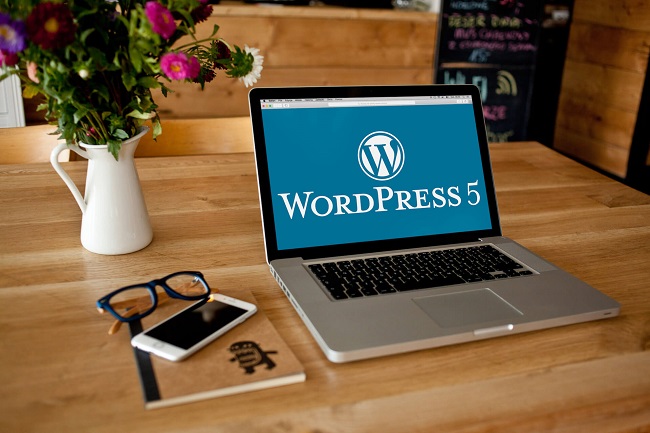
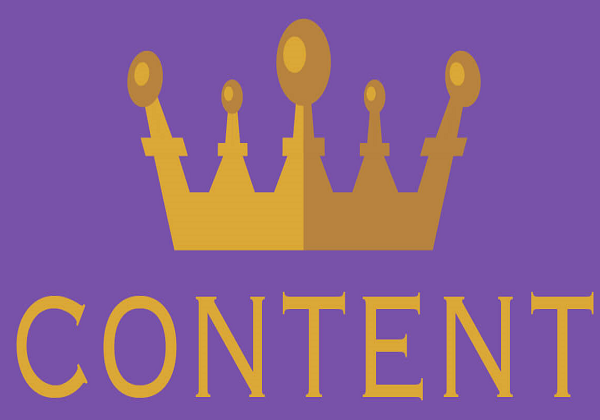


Tell us your thoughts in the comments